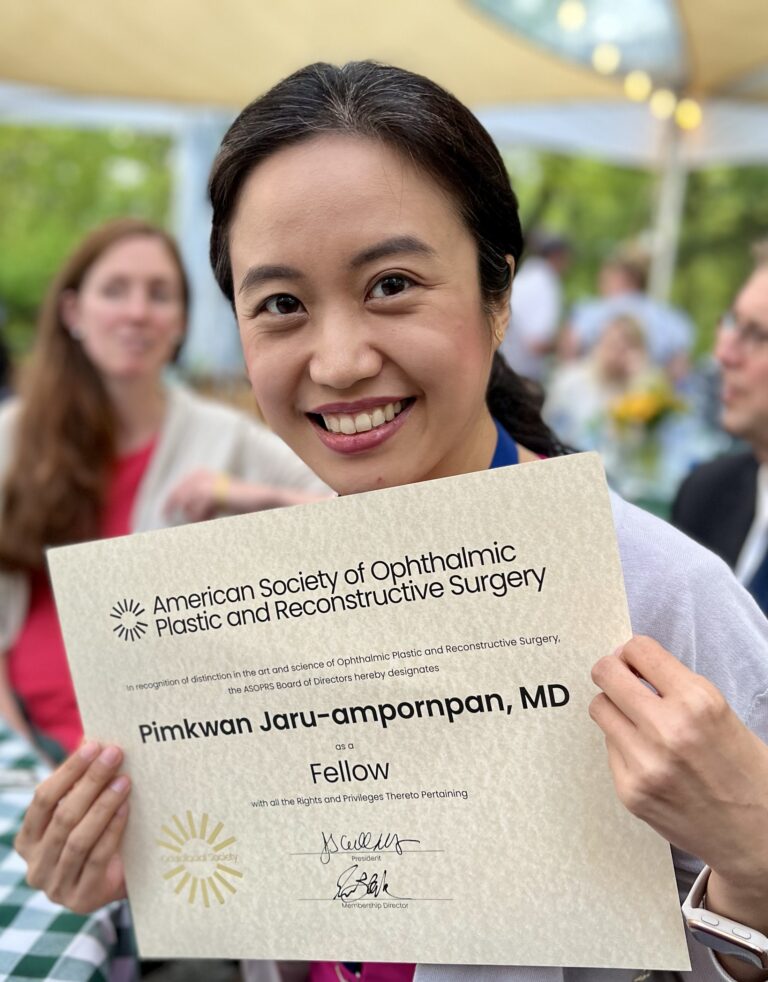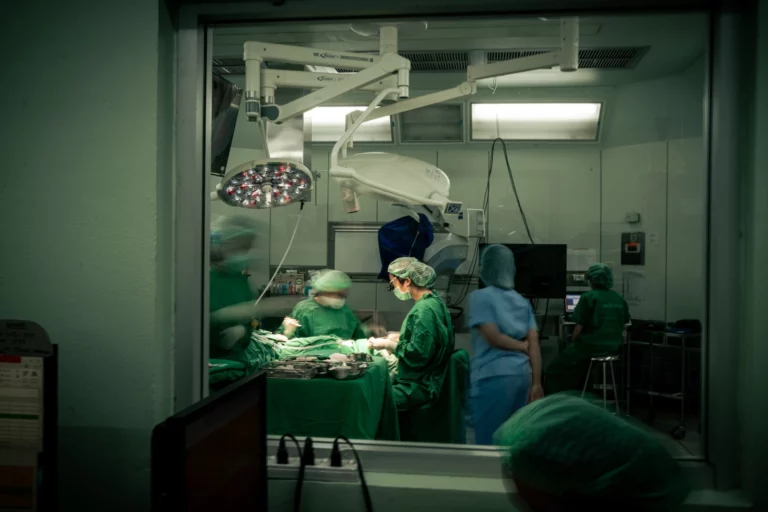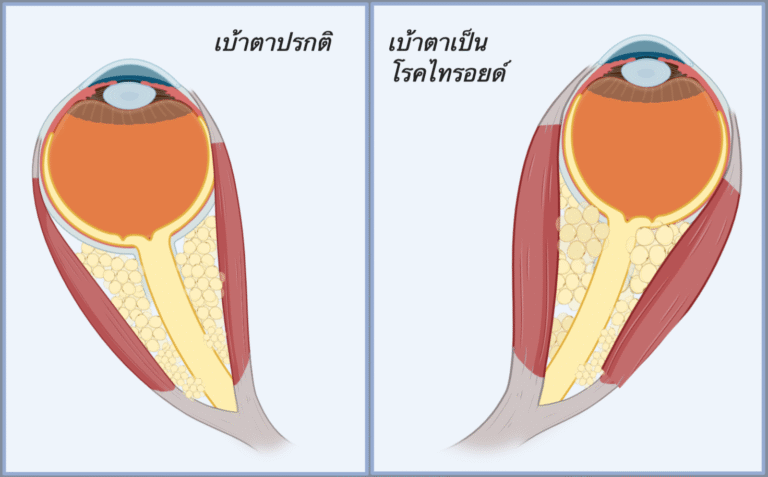Postoperative Care After Eyelid Surgery
- Cold Compress (First 24–72 Hours): Apply a cold compress over the surgical site for 15–20 minutes each time, as frequently as possible, to help reduce swelling and stop minor bleeding. If there is slight oozing, use a clean gauze or tissue to gently press on the wound until the bleeding stops
- Keep the Wound Dry: Avoid getting the wound wet, as moisture can increase the risk of infection. If the wound becomes wet, gently pat dry and apply antibiotic ointment. Clean your face with a damp cloth instead of washing directly with water.
- Apply Antibiotic Ointment: Use a thin layer of prescribed antibiotic ointment on the wound 2–3 times daily to prevent infection and promote healing.
- Sleep with Head Elevated: During the first two nights, sleep with your head elevated above chest level (e.g., using two pillows from shoulders upward) to minimize swelling.
- Activity Restrictions: Normal daily activities are allowed, but avoid strenuous exercise, heavy lifting, cooking near heat or smoke, and any activity that causes sweating. Do not rub your eyes, strain, or put pressure on the surgical site, as this may lead to bleeding.
- Protection Outdoors: Wear sunglasses when going outside to protect your eyes from sunlight, wind, dust, and contaminants.
- Suture Removal & Cosmetic Care: Stitches are usually removed around 1 week after surgery. Once removed, light makeup around the eyes may be used to conceal bruising. However, avoid applying cosmetics directly on the eyelids for at least 3–4 weeks.
What to Expect After Eyelid Surgery
- Patients commonly experience swelling and bruising around the surgical area for about 2–3 weeks. Swelling typically improves by approximately 80% within the first month, but final results may take 3–6 months as tissues gradually settle into their natural appearance.
- In the first 2–3 months, patients may notice increased dryness, a sensation of incomplete eyelid closure, eye irritation, blurred vision, or excessive tearing. These symptoms are usually due to temporary swelling and tightness of the eyelid muscles and often improve gradually over time.
- After suture removal, the incision line may initially appear pink and more visible. Over the next 3–6 months, it typically fades and blends naturally with the surrounding skin.
When to Seek Immediate Medical Attention
- Persistent or worsening pain around the eye or surgical site that does not improve with pain medication, especially if accompanied by tight eyelid swelling and decreased vision.
- Redness, warmth, throbbing pain, or swelling at the incision site, particularly if it resembles pus formation or an active infection




